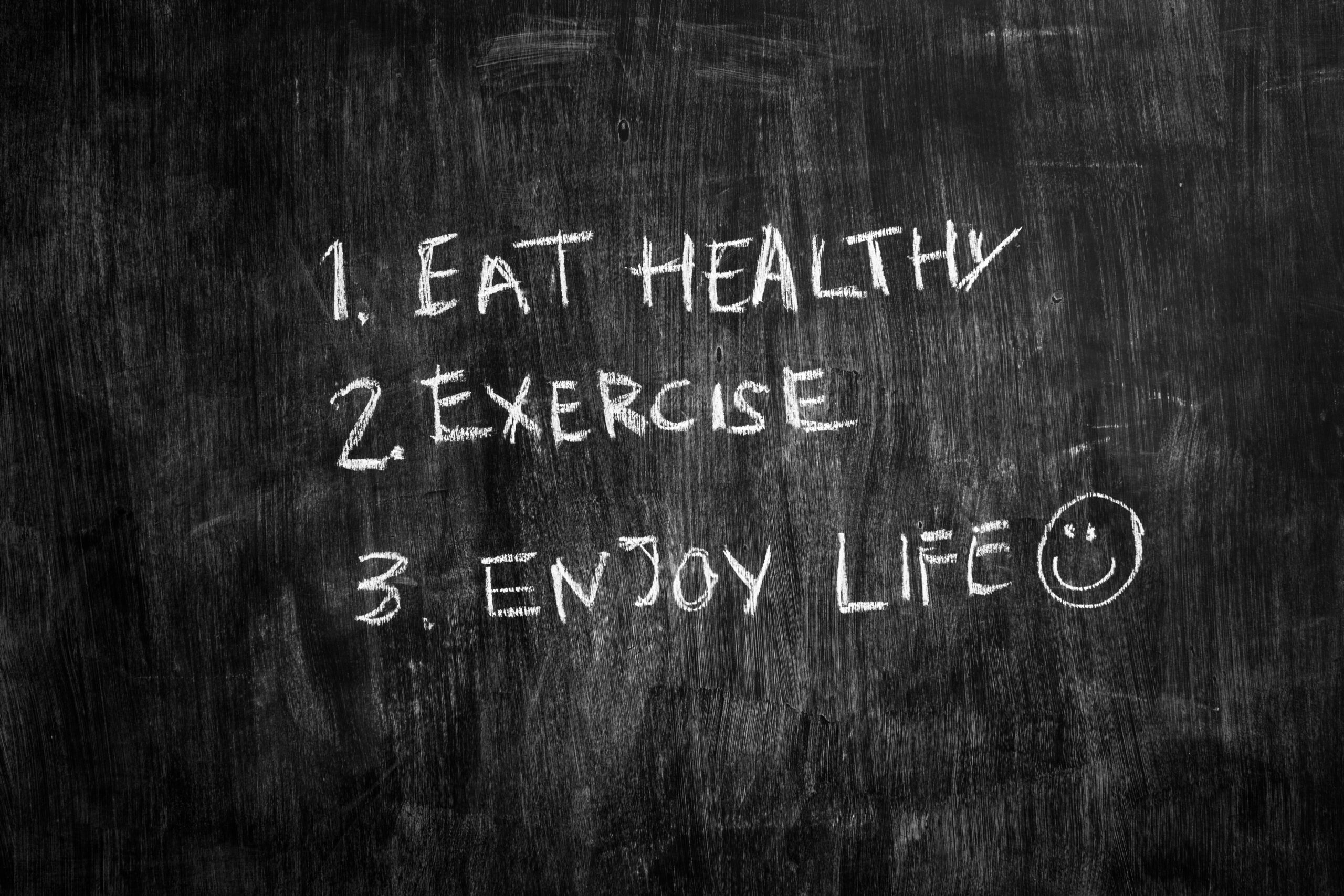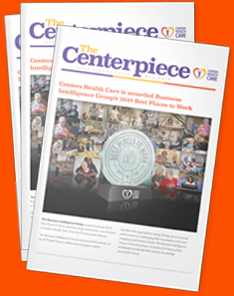The U.S. Centers for Disease Control and Prevention reports that around 800,000 Americans each year will suffer a stroke, and it will be deadly for around 140,000.
Often, the difference between life or death following a stroke is knowing the warning signs and symptoms. Seeking help quickly can also lessen the chance of long-term effects from an episode. It’s believed that people who are treated at an emergency room within three hours of first showing symptoms have less disability three months after the stroke than those who get delayed care.
The American Stroke Association’s guidelines to determine a stroke are based on the aptly named FAST test. Richmond Center for Rehabilitation and Nursing has the details of each part of FAST that you need to know.
F: Face
Look for changes on one side of the face that do not occur on the other. It’s easier to spot differences if you ask the person to smile; oftentimes, it will be uneven or unbalanced in a stroke.
A: Arms
Ask if the person feels weakness in their arms. Have them raise both arms and observe whether one is lower than the other or if they indicate that they have unusual trouble doing so.
S: Speech
Note if the person is slurring their speech or having difficulty speaking in general. You can ask them to repeat a simple sentence for a quick test.
T: Time to Call 911
Even if these symptoms occur and quickly disappear, they should not be ignored—you need to call 911 and tell the operator that there is a suspected stroke victim. They will ask you to explain the symptoms and can relay further instructions to you while help is on the way.
To learn more about Richmond Center for Rehabilitation and Nursing and all of the services they offer, visit http://richmond-center.facilities.centershealthcare.org.






